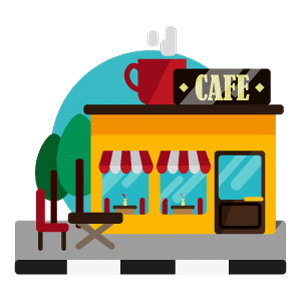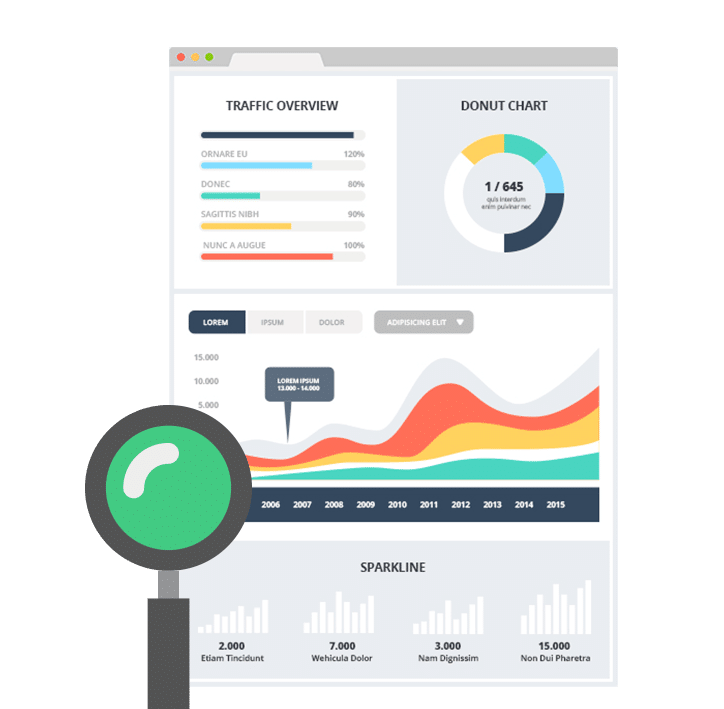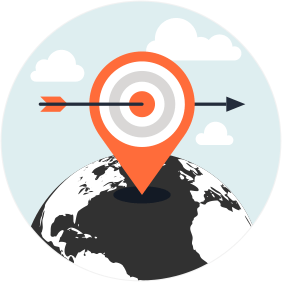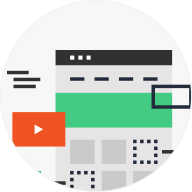Digital Menu Boards are a special type of Digital Signage project that is typically defined by the content on the menu screens more so than the technology and services needed to enable the vision into a fully operating resource to direct and entice guests while increasing basket size. Since these digital menus are a form of digital signage, CMS (Content Management System) software is needed along with the CMS server hardware that is usually a part of the CMS platform. If the digital menu board also requires some interactive features, some software platforms have certain interactive capabilities already built-in. If there is certain functionality needed though that is not a part of the CMS system, then a custom build of the interactive application would be needed to deliver the functionality required. Certain digital menu board projects prefer a self-serve model, using kiosks and digital ordering stations to keep orders processing and help reduce perceived wait times. In some cases, a custom video wall is preferred for digital menu boards or at least some of the digital menus. In those scenarios needing kiosks, videos walls and ordering stations, certain CMS platforms that specialize in those areas would be used.

Lorem ipsum dolor sit amet, consectetur adipiscing elit. Aenean feugiat dictum lacus, ut hendrerit mi pulvinar vel. Fusce id nibh
Mobile Marketing
Pay Per Click (PPC) Management
Conversion Rate Optimization
Email Marketing
Online Presence Analysis
Fell Free To contact Us
Lorem ipsum dolor sit amet, consectetur adipiscing elit. Aenean feugiat dictum lacus
1-677-124-44227
info@your business.com
184 Main Collins Street West Victoria 8007






